
Company and People Notes: Novartis and MIT to study continuous processing, GSK appoints Andrew Witty as CEO, more.

Company and People Notes: Novartis and MIT to study continuous processing, GSK appoints Andrew Witty as CEO, more.

Company and People Notes: Thermo Fisher Scientific buys Priority Solutions International, Wyeth elects new president and CEO, more.

When it comes to designing and sourcing sustainable packaging, there are no simple answers. Sustainable packaging depends on a complex interaction of environmental, social, and economic considerations, which are influenced by geography and other factors such as renewability, compostability, biodegradability, weight, and performance.

Nonpharmaceutical manufacturers find ways to make environmentally sound packaging.
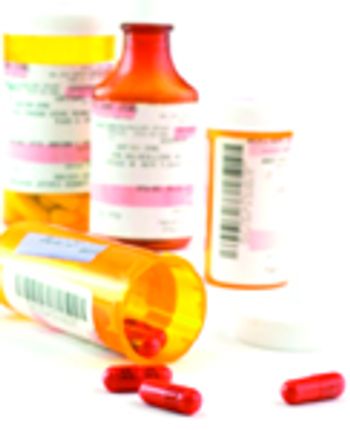
Security, the environment, ageing populations, the bio-boom and cost control are just a few of the drivers that will influence pharmaceutical packaging for the remainder of this decade.

Company and People Notes: Evotec and Renovis enter agreement, Amgen to lay off 675 workers, more.

Company and People Notes: Catalent expands Bolton, UK, warehouse; Biotica appoints Edward E. Hodgkin as CEO and director; more.

Company and People Notes: Baxter and Halozyme Expand Relationship, Crucell Names COO, More.

Going digital can produce high-quality, full-color labels at potentially lower cost.
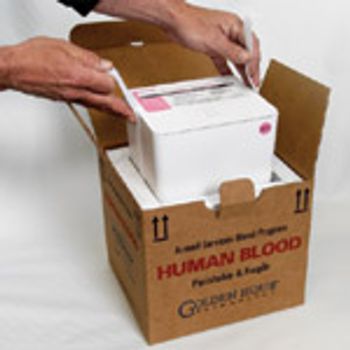
Makers of temperature-sensitive products constantly seek to ensure proper conditions during shipping and storage.

The company begins production at a new $100-million manufacturing facility for prefilled injection systems, plans further investment in packaging facilities, and targets both early-phase development and commercial manufacture.
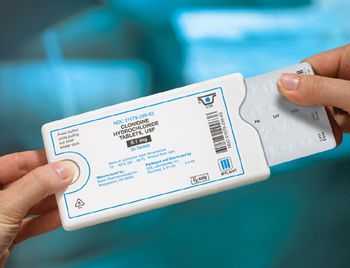
Drug packaging performs functions such as ensuring patient well-being, providing information, preventing tampering, blocking counterfeiting, and improving compliance. Since 1977, packaging innovations have occurred in four major categories. The author provides an overview of major packaging improvements that have emerged in the past 30 years.

Drug companies have come to realize that spending heavily on creating new blockbuster drugs is risky and less cost-effective ...

Exhibitors' products prevent counterfeiting, provide child resistance, protect product quality, and improve packaging-line efficiency.
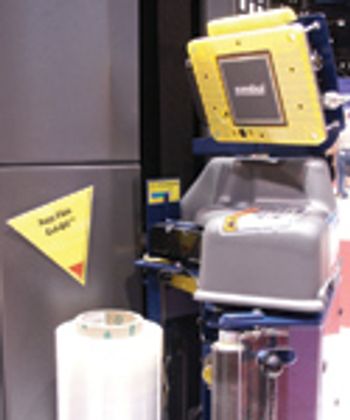
Many radio frequency identification projects are moving beyond the pilot stage, supported by new hardware and software tools.

Security, the environment, aging populations, the bio-boom, and cost control are just a few of the drivers that will influence pharmaceutical packaging for the remainder of this decade.

A security technology, previously exclusively reserved for use by government organizations has become commercially available with major pharma manufacturers eager to adopt the device.

It's what's on the outside that counts, too.

Brussels, Belgium (Jan. 11)-EPCglobal, the not-for-profit organization dedicated to driving global adoption of the Electronic Product Code (EPC), has ratified the electronic pedigree document specification.

Industry will be challenged to embrace new methods of supply chain collaboration.

The US Food and Drug Administration has modified its requirements for drug pedigrees accompanying wholesale pharmaceutical transactions, following a US District Court preliminary injunction barring the agency from enforcing certain provisions of the rule that was to have gone into effect on Dec. 1.

Rockville, MD (Dec. 12)-The US Food and Drug Administration is proposing amendments to its final rule regarding labeling requirements for convenience-size over-the-counter human drugs.

Dublin, OH (Nov. 14)-A half-year Cardinal Health study of radio-frequency identification (RFID) tags "under real-world conditions has demonstrated that the technology has real promise to provide an added layer of safety," according Renard Jackson, the company's vice-president and general manager of global packaging services, in a prepared statement.
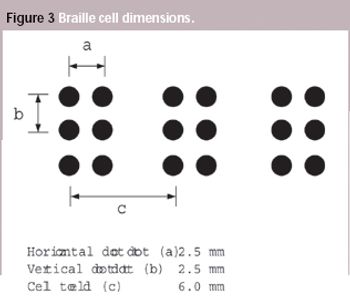
A European Commission directive requires suppliers to incorporate information on medicines in formats suitable for blind and partially sighted people, although the associated standard has not been introduced yet. This article looks at some of the issues that will need to be addressed when the standard is adopted.

Robin Hwang, a senior principal scientist at Amgen (Thousand Oaks, CA), led the team that developed the first commercial disposable auto-injector for a biopharmaceutical: a prefilled three-step "SureClick" for delivering Enbrel (etanercept), a treatment for autoimmune diseases.